Centre of excellence: British Library receives Grade I listed status
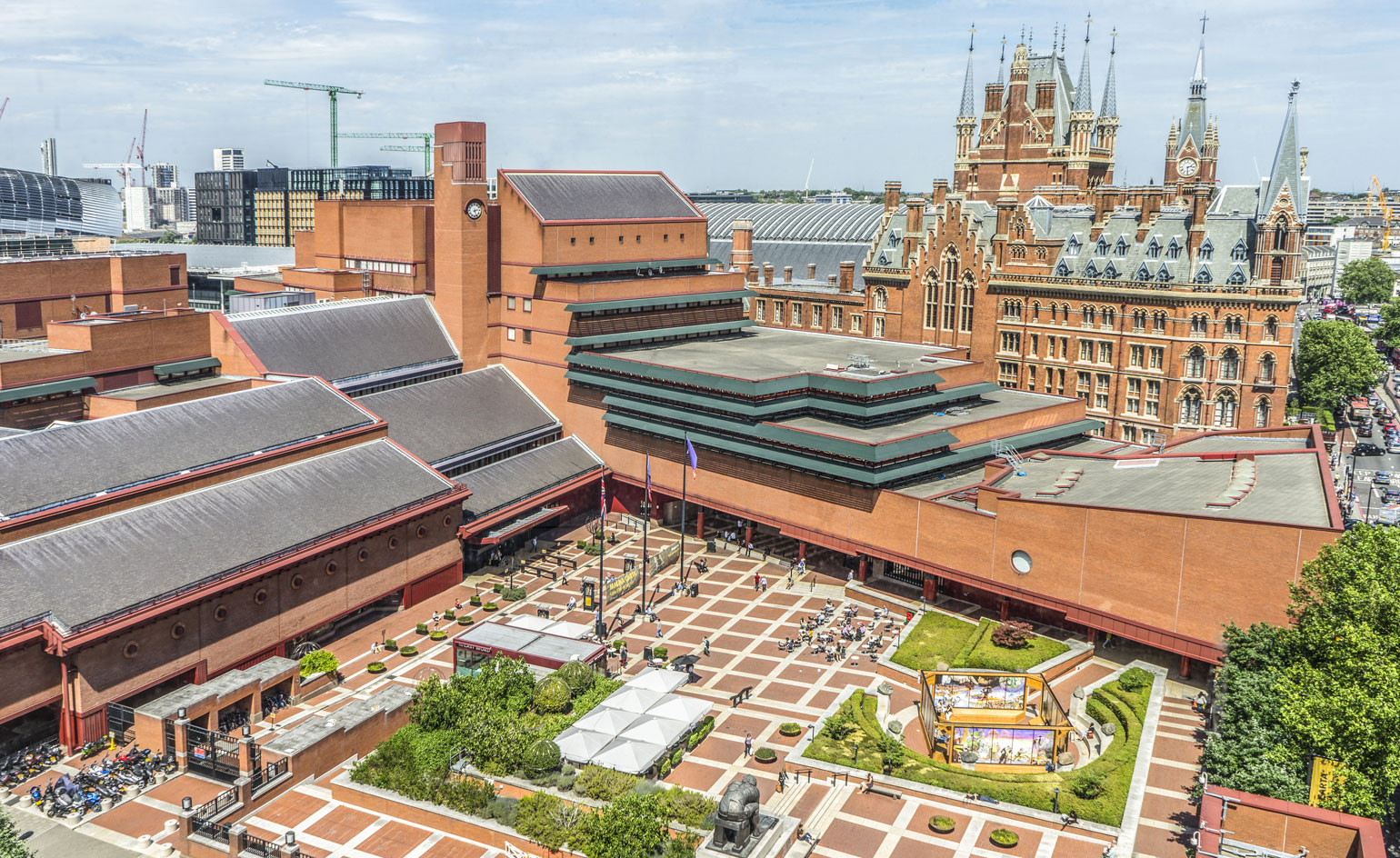
London’s King's Cross may, arguably, have Central St Martins and the Guardian to thank for its resurgent 'destination' status, given the steady opening of lauded restaurants, bars and pubs since the institutions shifted their HQs to the area, but it's impossible to understate the importance of the British Library to the city's cultural identity.
Appropriate then, that the Library's colossal building on Euston Road has been award Grade I listed status by the heritage minister Tracey Crouch, on the advice of Historic England.
It's easy to see why. Colin St John Wilson and MJ Long's design – conceived and built between 1982 and 1999 – is easily the most impressive structure in a neighbourhood relatively giddy with them. The largest UK public building built in the 20th century, the Library's exterior is an expansive wave of wavelike and geometric forms in red brick, set back behind a checkerboard courtyard dominated by Eduardo Paolozzi's 1995 sculpture of Newton (after William Blake's c. 1800 painting of the English mathematician). Its extraordinary form sets it quite apart from other contemporary architecture of its kind, municipal or otherwise.
Inside, myriad reading rooms frequented by scholars, students and members of the public surround the King's Library tower – an immense glass-walled structure containing the priceless book collection of King George III, an Enlightenment-era hoarding covering architecture, art, philosophy, agriculture and language (and much more in-between).
The Library also houses a Treasures Gallery (holding artefacts as valuable as the Lindisfarne Gospels, Shakespeare's first folio and Gutenberg's Bible of 1455), extensive exhibition space and a cavernous foyer dotted with modern sculpture and textile works; a seamless and sympathetic amalgam of mannered modern design and traditional heritage, both conservational and egalitarian in ethos.
The Library's Grade I status places it within the top 2.5 per cent of listed buildings – an indication of exceptional design, architecture and philosophy, and an accolade shared in the area with the St Pancras Hotel and King's Cross Station itself.
'Even in the relatively short period since its opening it has worked its way into the affections of millions of visitors and researchers, who have discovered its beautiful spaces, subtle use of natural light and exquisite detailing,' explains Roly Keating, the Library's chief executive. 'As well as celebrating architectural excellence, this listing is a reminder, in the midst of the digital age, of the vital importance of libraries as physical spaces of the highest quality at the heart of their communities.'
Adds Roger Bowdler, director of listing at Historic England, 'The Library’s dramatic and carefully considered interiors achieve its ultimate goal: of creating a space to inspire thought and learning.'
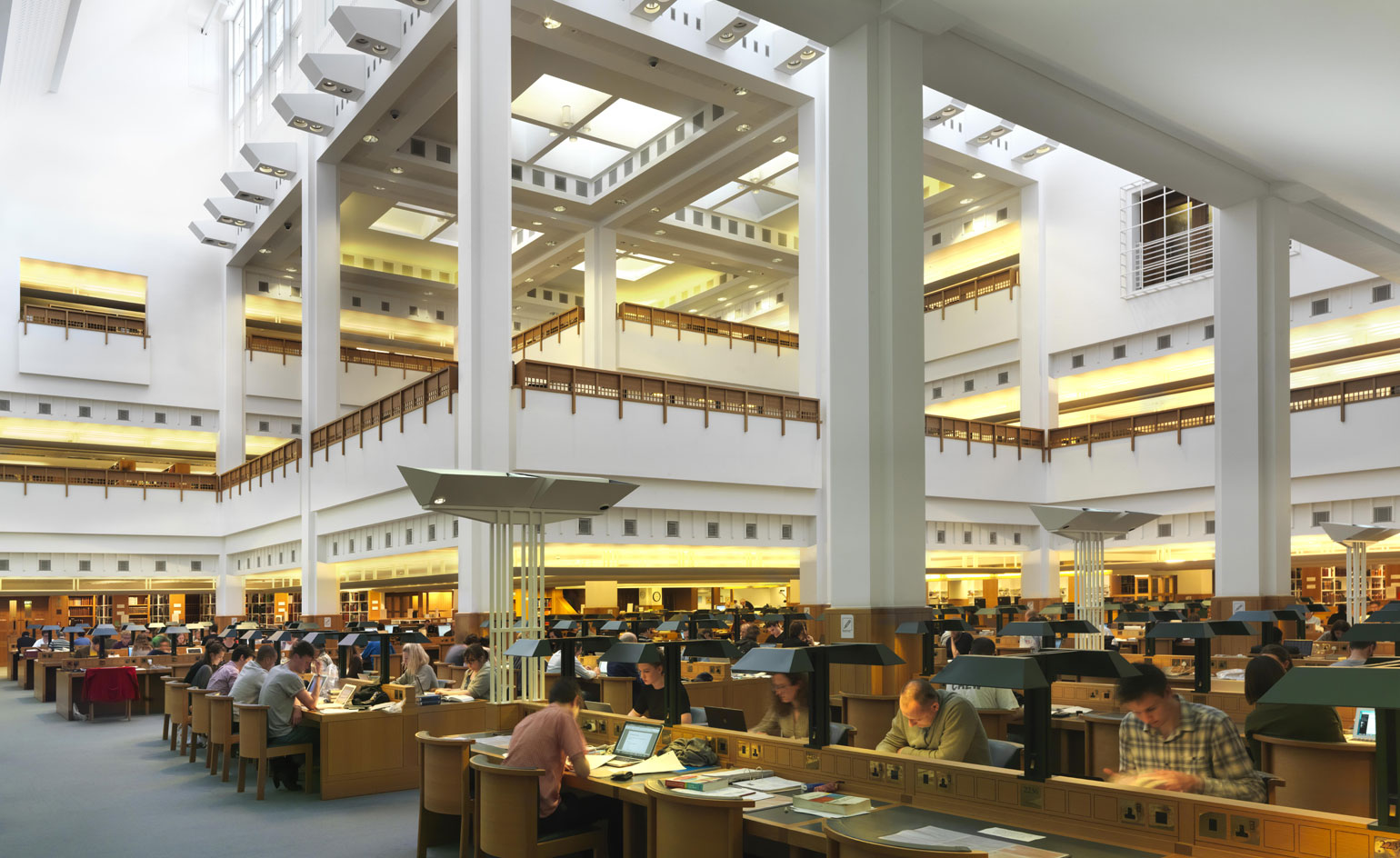
One of the Library's cavernous reading rooms.
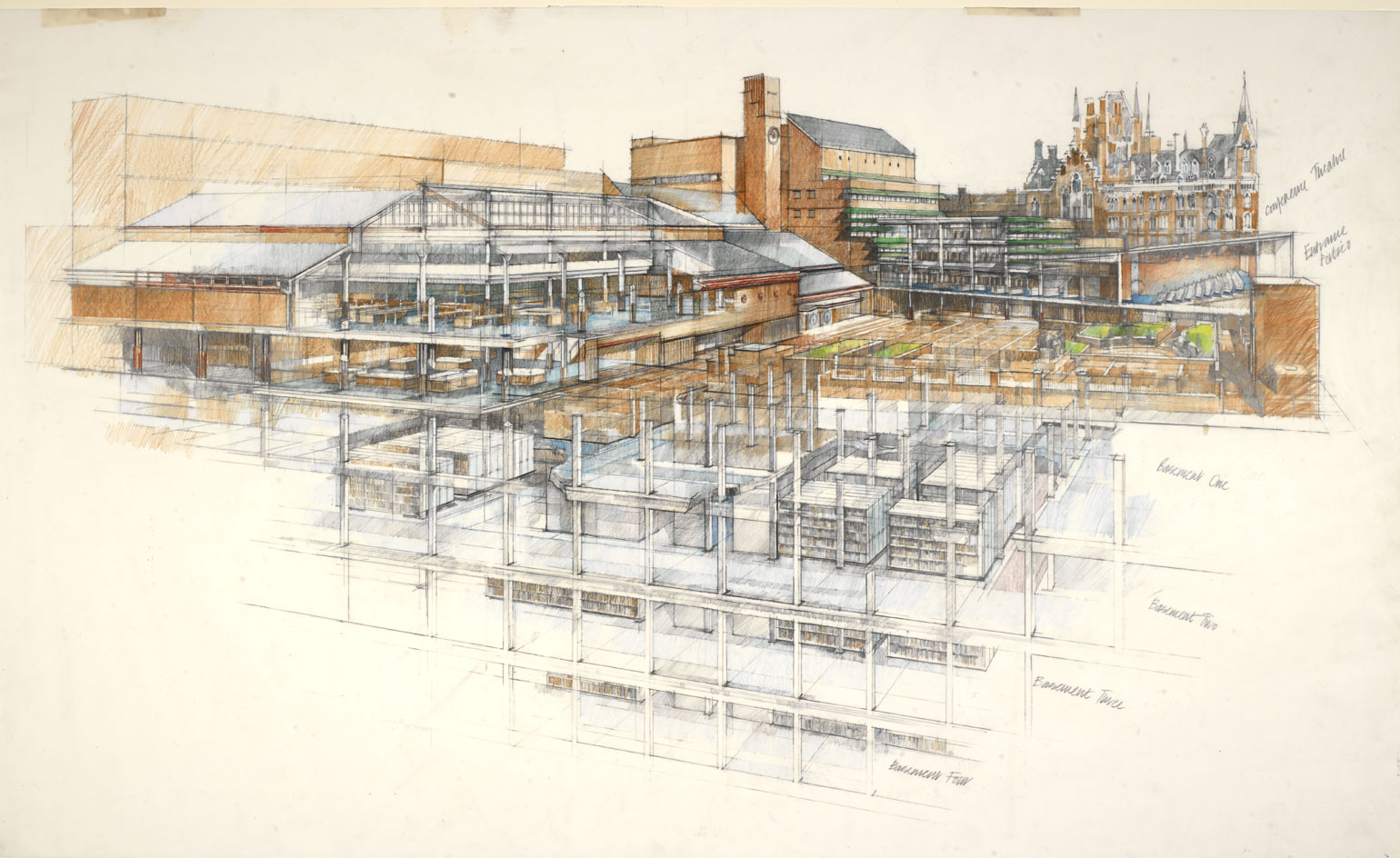
Drawing of the new British Library at St Pancras, viewed from Ossulston Street. Drawing by Colin St John Wilson circa 1991
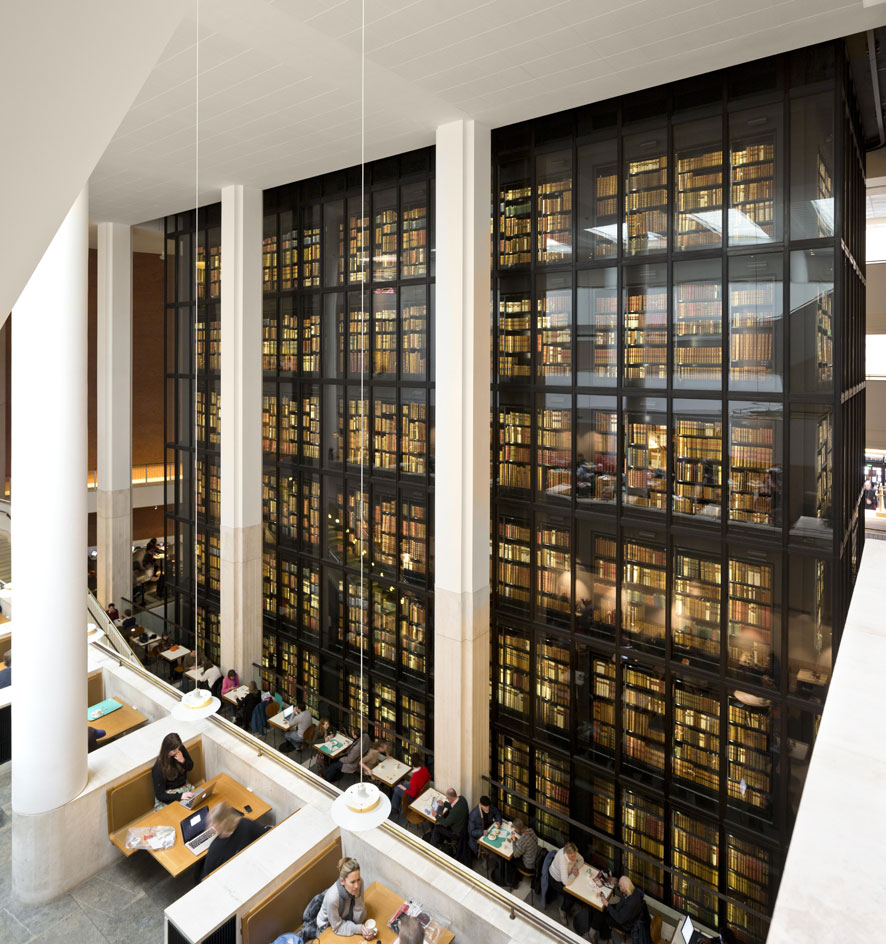
The defacto centrepiece of the Library is the King's Library tower – an immense glass-walled structure containing the priceless book collection of King George III.
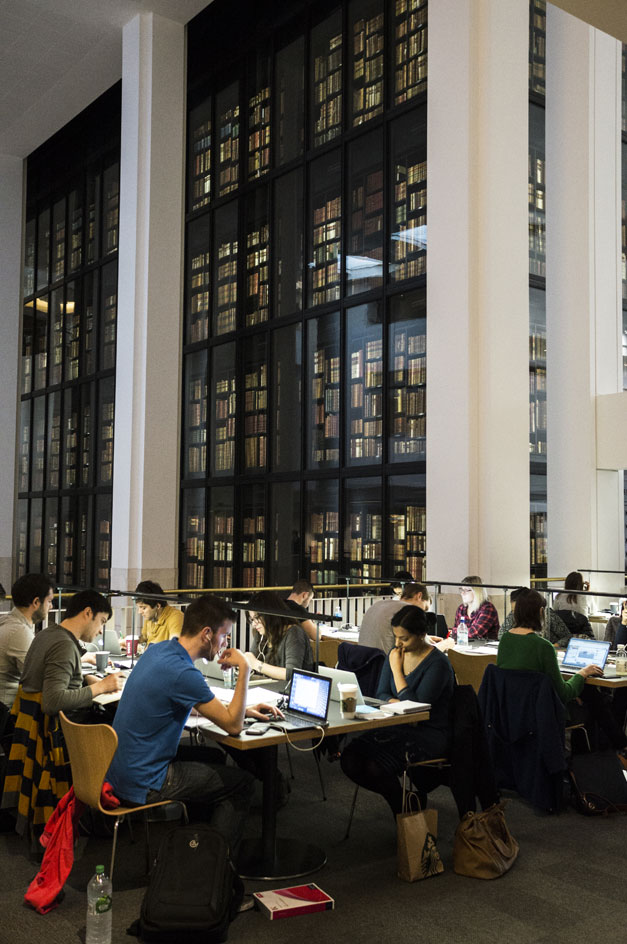
The tower houses an Enlightenment-era hoarding covering architecture, art, philosophy, agriculture and language (and much more in-between).
ADDRESS
British Library
96 Euston Rd
London, NW1 2DB
Receive our daily digest of inspiration, escapism and design stories from around the world direct to your inbox.
Tom Howells is a London-based food journalist and editor. He’s written for Vogue, Waitrose Food, the Financial Times, The Fence, World of Interiors, Time Out and The Guardian, among others. His new book, An Opinionated Guide to London Wine, will be published by Hoxton Mini Press later this year.
-
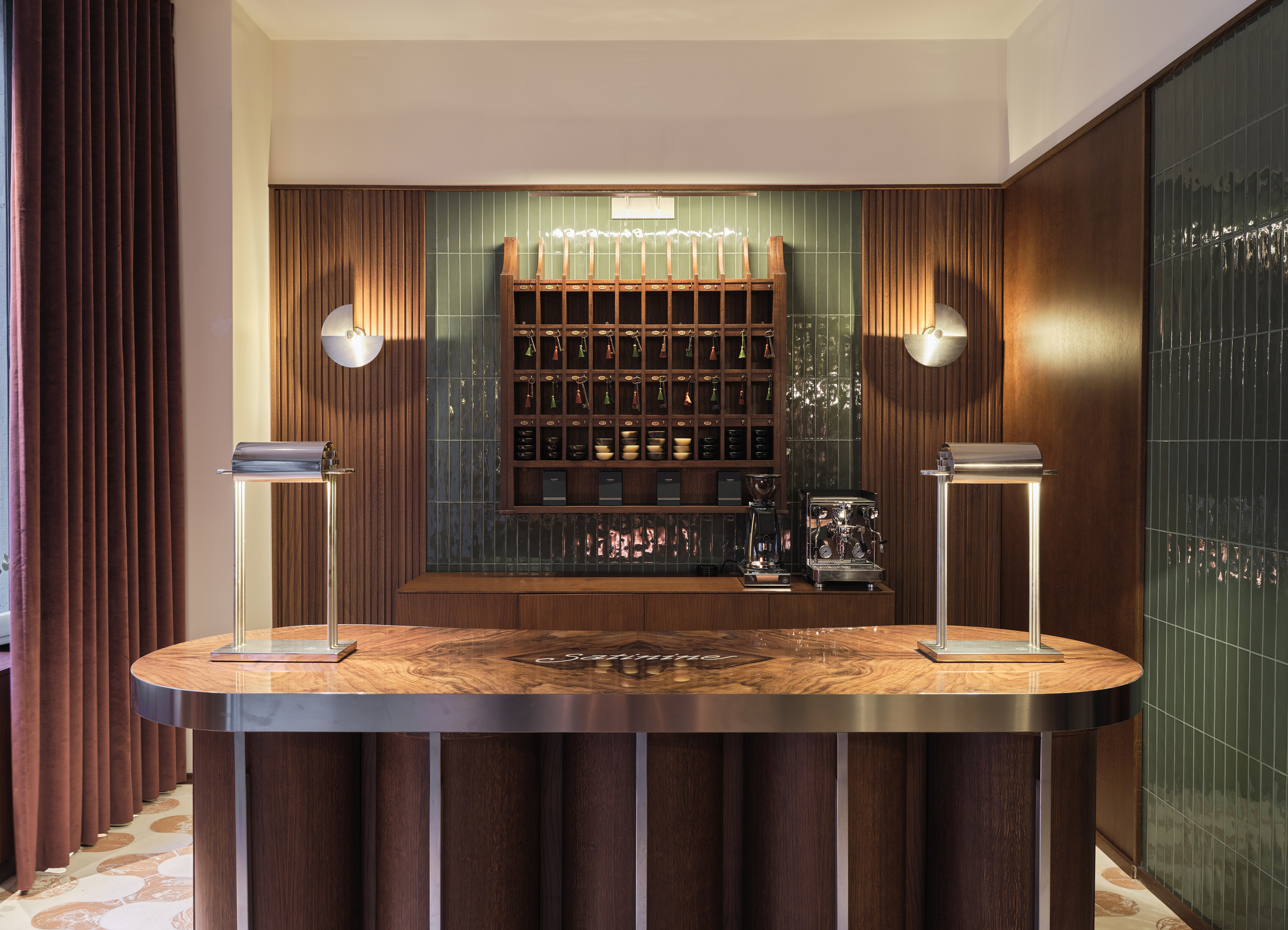 Pull up a bespoke pew at Milan’s new luxury perfumery Satinine, an homage to the city’s entryways
Pull up a bespoke pew at Milan’s new luxury perfumery Satinine, an homage to the city’s entrywaysDesigner Mara Bragagnolo fuses art deco details to bring storied Milanese fragrance brand Satinine into the 21st century
-
 Supersedia’s chairs combine sculptural forms with emotional expressions
Supersedia’s chairs combine sculptural forms with emotional expressionsItalian design studio Supersedia, founded by Markus Töll, creates furniture where ‘every detail is shaped individually'
-
 Carolyn Bessette Kennedy and Maria Callas inspire Max Mara Atelier’s ‘determined and dynamic’ winter collection
Carolyn Bessette Kennedy and Maria Callas inspire Max Mara Atelier’s ‘determined and dynamic’ winter collectionThe house’s couture line is dedicated every season to a single garment – the coat. Here, designer Laura Lusuardi talks Wallpaper* through the collection
-
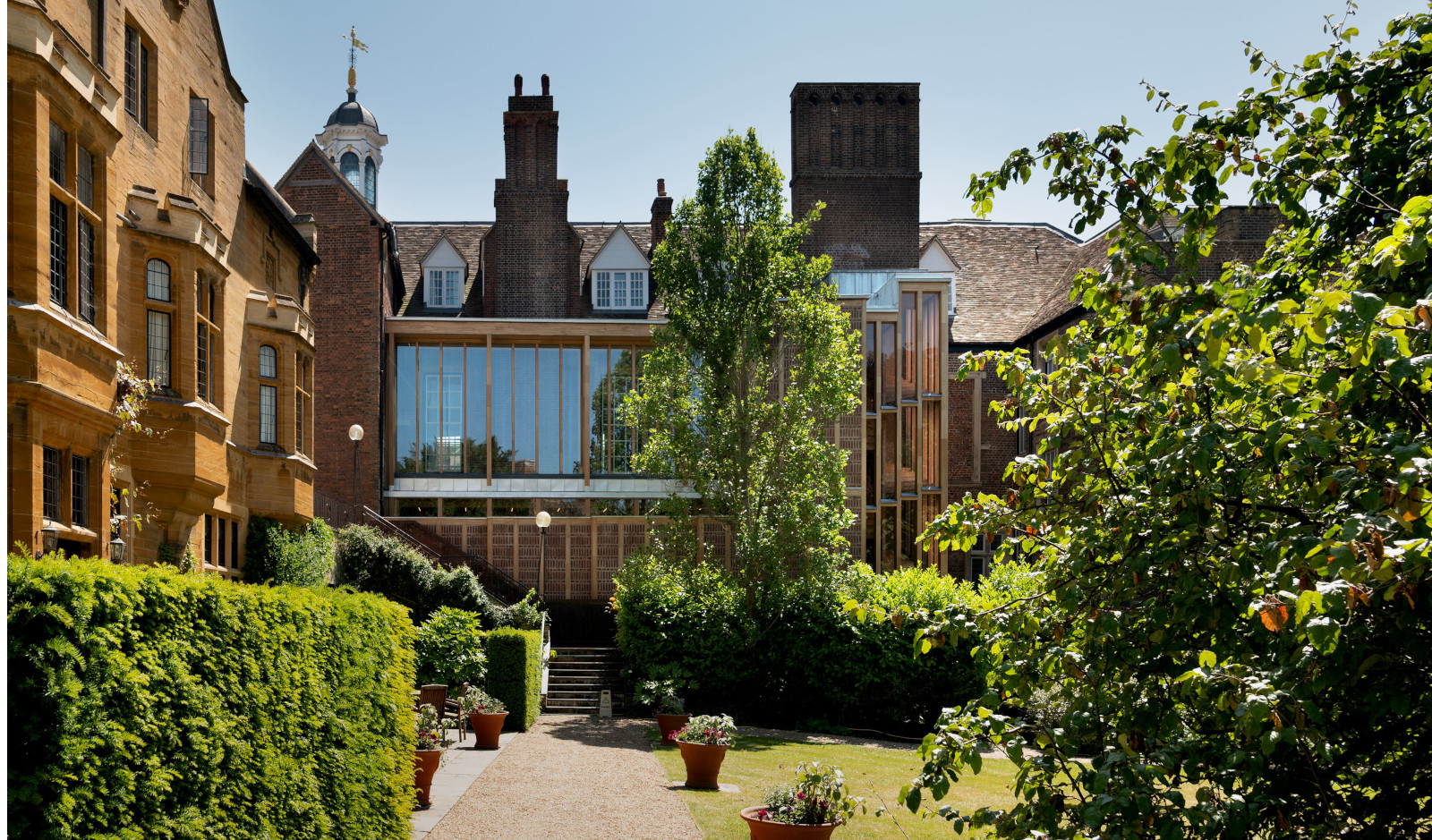 River Wing at Clare College responds to its historic Cambridge heritage
River Wing at Clare College responds to its historic Cambridge heritageUniversity of Cambridge opens its new River Wing on Clare College Old Court, uniting modern technology with historic design
-
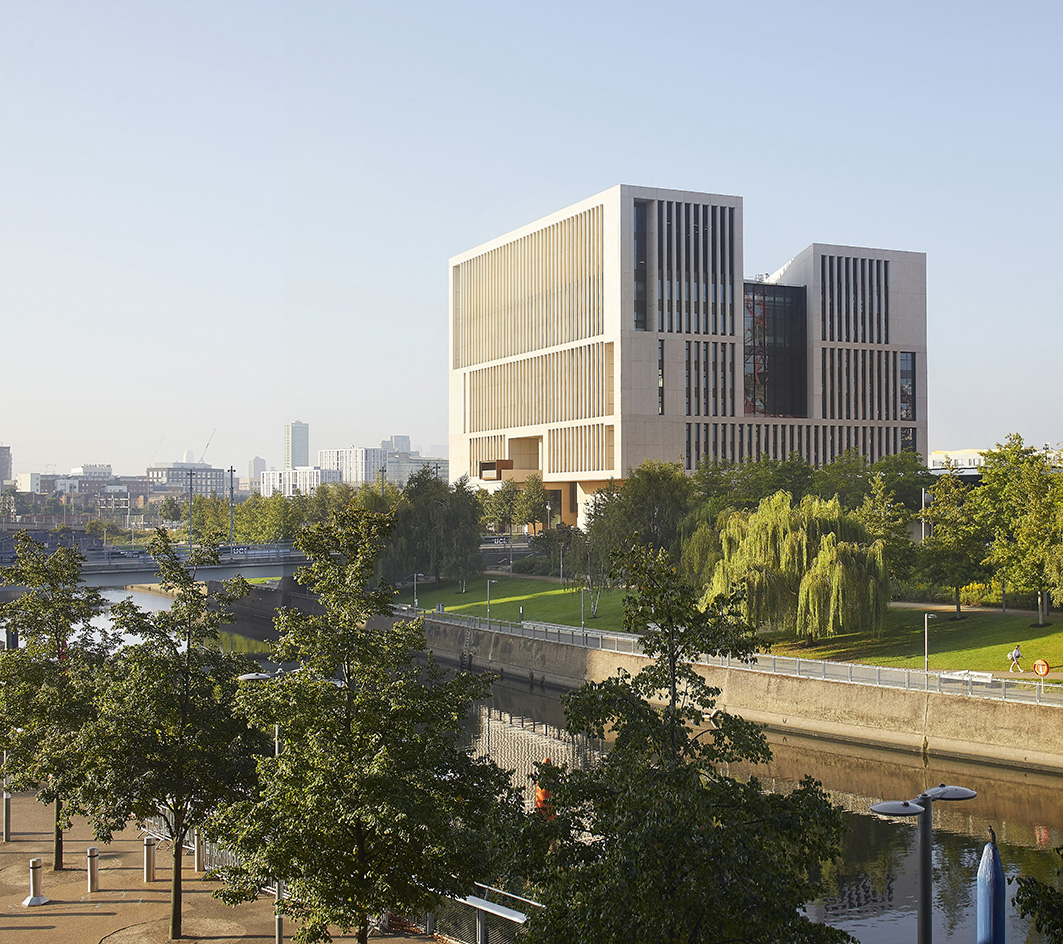 UCL East Marshgate seeks to redefine the university campus of the future
UCL East Marshgate seeks to redefine the university campus of the futureUCL East Marshgate by Stanton Williams is completed and gears up to welcome its students in east London
-
 St Catharine’s College social hub in Cambridge reimagined by Gort Scott
St Catharine’s College social hub in Cambridge reimagined by Gort ScottGort Scott's design for St Catharine’s College, Cambridge, gives a sensitive facelift to a much loved, bustling campus
-
 Two Hands nursery by vPPR is where design flair meets sustainability
Two Hands nursery by vPPR is where design flair meets sustainabilityTwo Hands nursery in London, designed by vPPR, mixes colourful interiors and sustainable architecture elements with wellbeing in mind
-
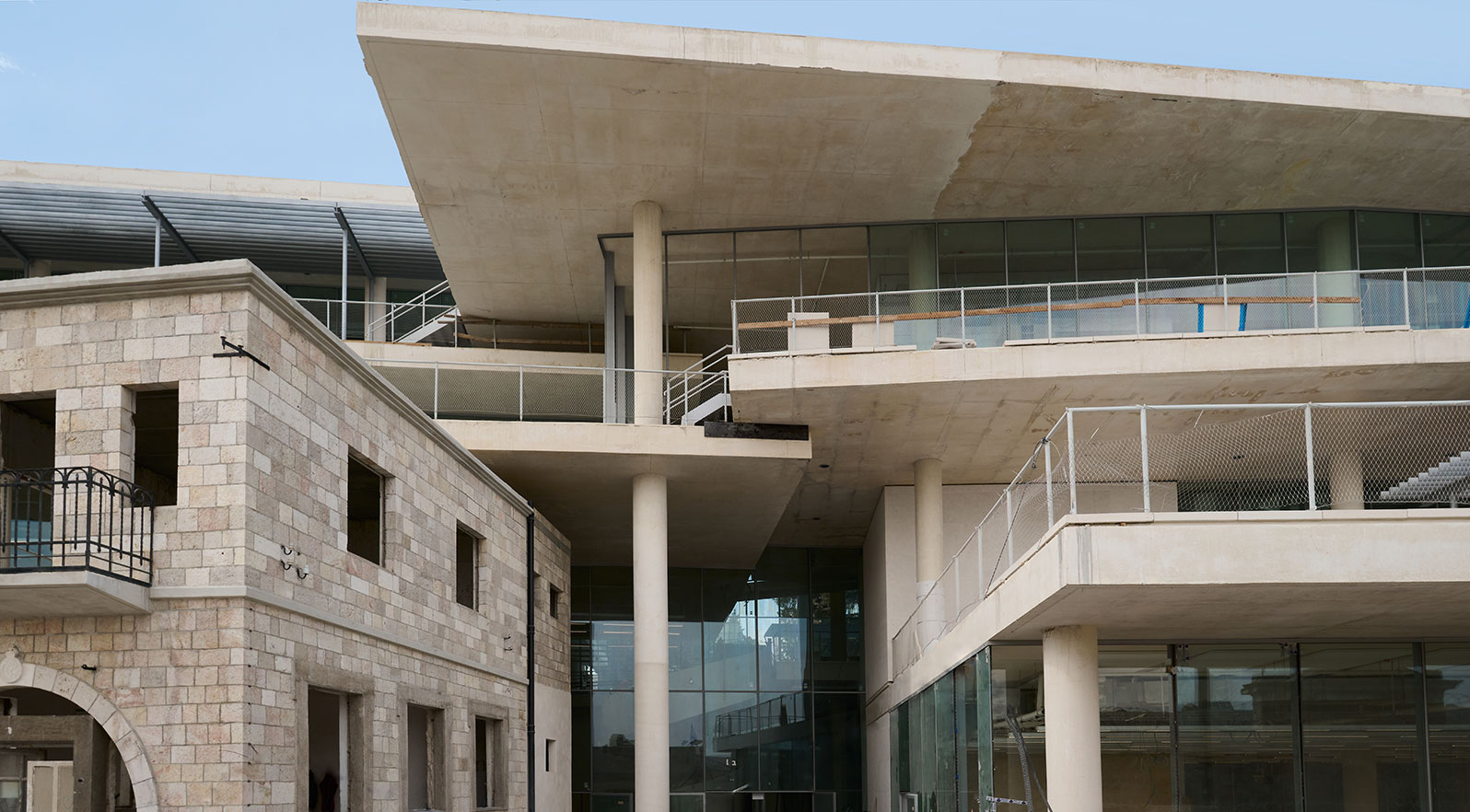 SANAA’s Bezalel Academy of Arts and Design is designed to connect with the heart of Jerusalem
SANAA’s Bezalel Academy of Arts and Design is designed to connect with the heart of JerusalemSANAA and local studio HQ Architects design new home for Bezalel Academy of Arts and Design in Jerusalem's city centre
-
 Connected Rural Classroom reimagines learning space architecture
Connected Rural Classroom reimagines learning space architectureA collaboration between design studio Kurani and nonprofit Ed Farm reimagines learning spaces through virtual teaching with the Connected Rural Classroom
-
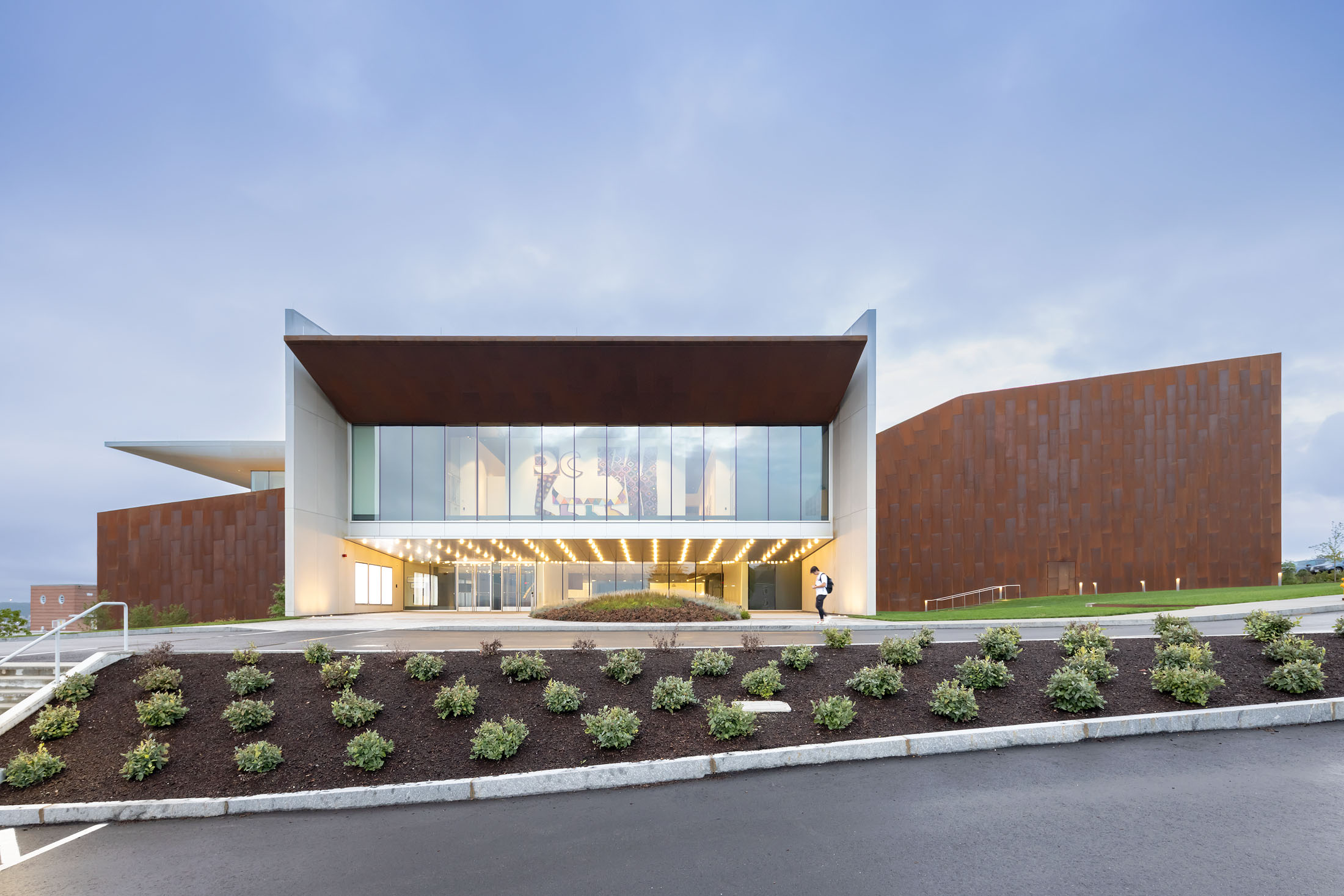 DS+R Prior Performing Arts Center is designed as a public commons
DS+R Prior Performing Arts Center is designed as a public commonsPrior Performing Arts Center by Diller Scofidio + Renfro completes at the College of the Holy Cross in Worcester, Massachusetts
-
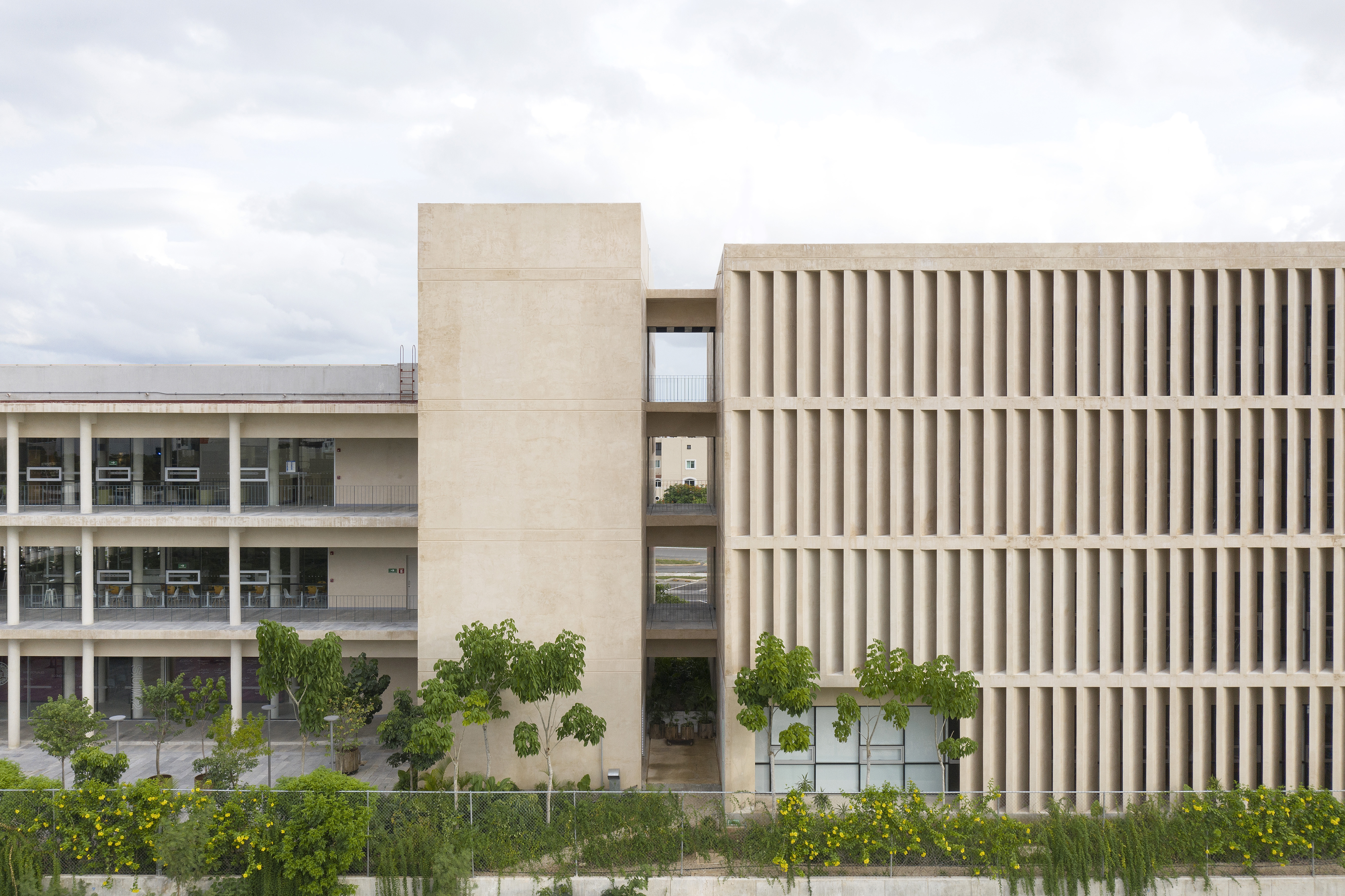 Mérida university architecture draws on the local climate
Mérida university architecture draws on the local climateIgnacio Urquiza Arquitectos completes the new home for the School of Business and Banking, located to the north of Mérida, Mexico